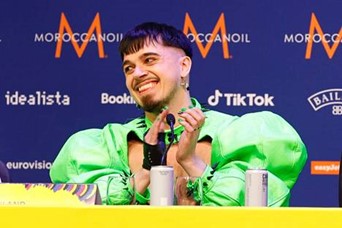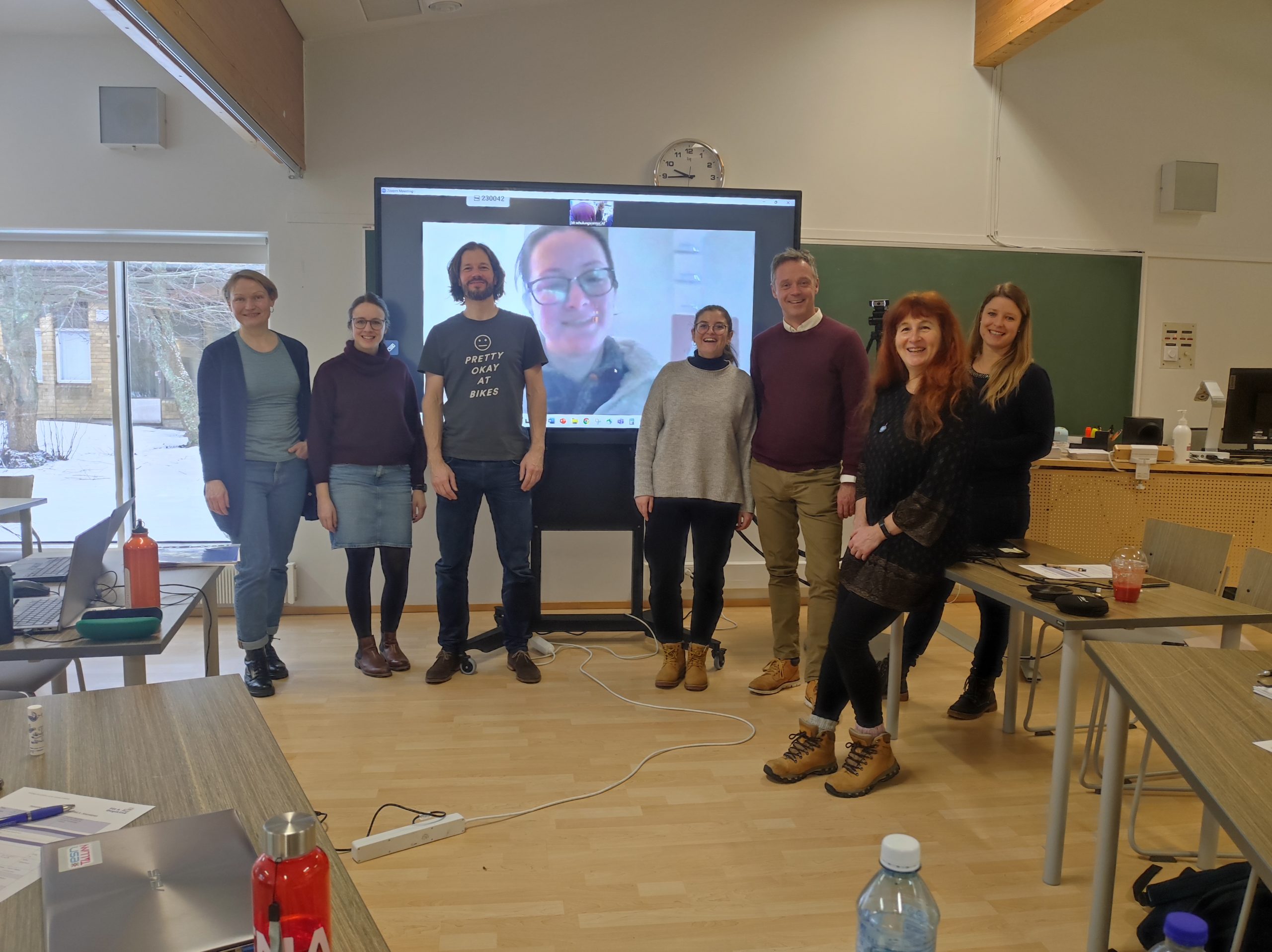The Eurovision song contest final was held in Liverpool on 13 May, and the results came down to a nail-biting finish, with Sweden’s Loreen coming in just ahead of Finland’s entry Cha cha cha, performed by Jere Pöyhönen aka Käärijä.
Not only did Käärijä’s performance win fans across Europe, but his approach to communicating in a foreign language has also been praised by teachers and researchers, with several encouraging Finns (and other language learners too) to follow his example.
As Käärijä himself has noted, English is not his strong suit, and some in Finland have found his “Rally English” comic. (The phrase ‘Rally English’ has its origins in the way some Finnish rally race-car drivers spoke with a heavy Finnish accent— during TV interviews in English.) But Elina Tergujeff of Jyväskylä University in Finland says that Käärijä is an excellent example to those who are reluctant to speak a foreign language because they are worried that their skills and pronunciation are not perfect.
Although Käärijä’s pronunciation is not that of a native English speaker, he does nonetheless manage to communicate perfectly well. According to Tergujeff, Käärijä’s spoken English succeeds for five main reasons, which others would do well to bear in mind when they need to speak a foreign language – especially one that they do not know too well.
- Käärijä does not hesitate to speak English, which helps to develop his language skills. “Käärijä has said himself that his English has improved a lot over the past couple of weeks, because he has used it a lot. It’s true: spoken fluency and the speaker’s confidence develop when they actually use the language,” Tergujeff says.
- Käärijä uses all the resources available to him; during an interview, he might ask the interviewer or others to help explain a question, or how to say something in English. When communicating, it’s good to make use of all of the resources available. You can ask others for help, use words from other languages you know or use body language.
- “Even Rally English can be perfectly well understood”. Tergujeff points to research that shows that the correct pronunciation of individual sounds is by no means the most important factor in speaking comprehensible English. “The most important factor is where stress is placed within words or sentences. In Finnish, the stress tends to go on the first syllable of the word, while in other languages the stress is placed elsewhere.” Language learners should try to put stress in the correct place when speaking their new language.
- Käärijä speaks at a reasonable speed. Tergujeff notes that the speed at which someone speaks is important for understanding. Language learners often tend to speak too slowly, but research has shown that this can adversely affect understanding. “If speech is too slow, it can be hard to get a picture of the overall idea. Käärijä does not have this problem: in fact, he speaks reasonably fluently,” Tergujeff notes.
- Käärijä uses pauses to good effect when speaking. According to Tergujeff, understanding is affected by the number of pauses in speech, where they are located, and what actually happens during a pause. Research has found that filled pauses are better for understanding than long, silent pauses. “In the interviews that I have seen, Käärijä fills the pauses when he hesitates by dragging out previous sounds, or making a mm noise. This is a good strategy,” she says.
Käärijä is, Tergujeff thinks, an excellent example of someone who is prepared to be brave and speak a foreign language, even though he cannot speak it perfectly. Finns who are shy to speak a foreign language should learn from his approach – as should language learners across Europe.
Here is a video of Käärijä speaking English in a Eurovision interview: https://www.youtube.com/watch?v=yZgL-5flvKU
and here – for fun – is his performance of Cha cha cha during the Eurovision final: https://www.youtube.com/watch?v=l6rS8Dv5g-8
adapted from Käärijän ralli¬englannille naureskellaan, mutta tutkija antaa sille kiitettävän arvosanan viidestä syystä https://www.hs.fi/hyvinvointi/art-2000009570868.html
Käärijä villitsi yleisöä satamakeikalla



